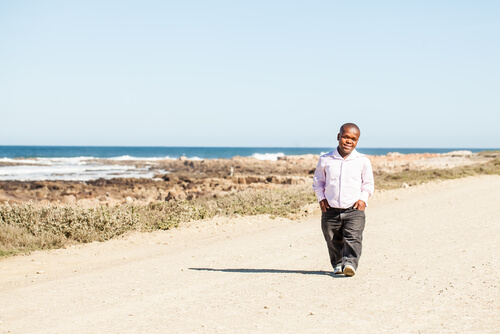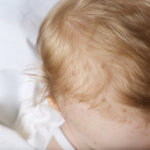
A healthy adult spine has a natural S-shape when viewed from the side. The three curves; one around the neck, the other on the lower back and the third one on your mid-back are responsible for the spine’s natural shape. The little inward curvature of the lumbar spine (above the buttocks) is the lordotic curve, while the one around the neck area or the upper back is the kyphotic curve.
These three curves at their healthy states help the body absorb physical shock, stabilize the entire body structure among different other vital functions. However, when the curves are abnormally pronounced or lost, they become noteworthy medical concerns. Lumbar Lordosis or swayback is the abnormal curving of the lordotic curve that is characterized by the inability to stand straight and frequent upper back pains. “Flatback” on the other hand, refers to the loss of lordotic curving.
Below are the 8 common causes of lumbar lordosis.
1. Achondroplasia
Achondroplasia is a medical condition responsible for disproportionate dwarfism. It is a disorder in bone growth that besides causing the characteristic short stature in adults, may cause lumbar lordosis. Achondroplasia reportedly occurs in nearly 1 in 25,000 births.
Symptoms of Achondroplasia appear at a very young age when most of the cartilages during fetal development fail to convert to bones. When the FGFR3 gene responsible for instructing the body to produce enough protein for bone development is compromised often by mutation, the protein becomes overactive and interferes with the natural skeleton development.
Research indicates that over 80% of Achondroplasia cases are not inherited, contrary to popular belief. Only 20% of individuals inherit this condition probably as a result of one parent or both passing down the compromised FGFR3 gene. Nonetheless, even with both parents passing down the defective gene, the child still has a 25% chance of having a healthy S-shape stature.



